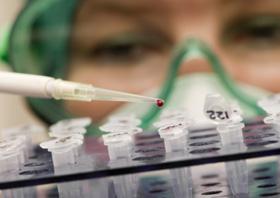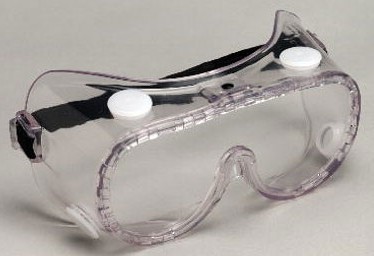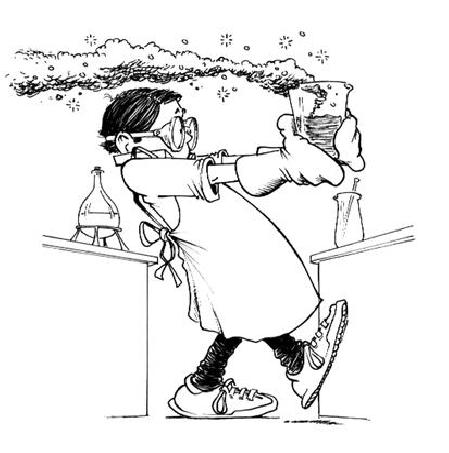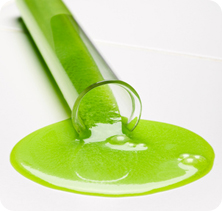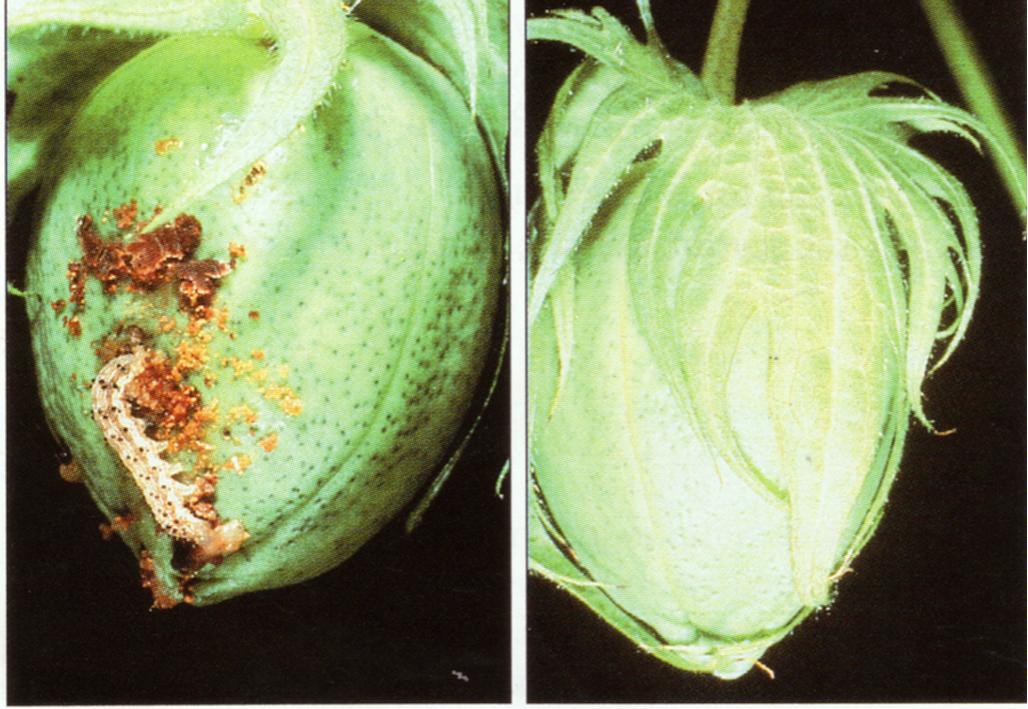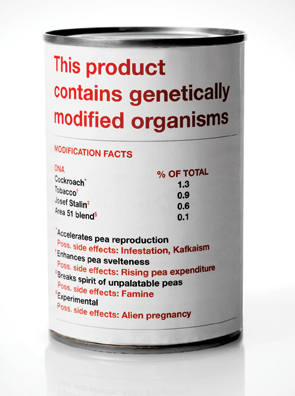Team:Tianjin/HumanPractice/Handbook
From 2012.igem.org

We divided our handbook into three parts:
Operation
Laboratory Practices Followed By Our Team
- Always wear appropriate personal protective equipment. Feet and legs should be covered; sandals and open-toed shoes should not be worn in laboratories. Wear appropriate gloves while handling infectious or toxic materials and animals. Do not wear lab coats, gloves or other personal protective equipment outside the laboratory. Change gloves when contaminated, and dispose of used gloves with other contaminated laboratory waste.
- Do not eat, drink, smoke, handle contact lenses, apply cosmetics, or store food for human consumption in the laboratory.
- Wash your hands after working with potentially hazardous materials and before leaving the laboratory.
- Follow the institutional policies regarding safe handling of sharps (i.e., needles, scalpels, pipettes, and broken glassware). Be careful with needles and syringes. Use only when alternative methods are not feasible. Syringes, needles, Pasteur pipettes, etc, should be placed in rigid, leak-proof containers (Sharps Safe) and discarded following the waste rules.
- Take care to minimize the creation of aerosols and/or splashes.
- Decontaminate all work surfaces before and after your experiments, and immediately after any spill or splash of potentially infectious material with an appropriate disinfectant. Clean laboratory equipment routinely, even if it is not contaminated.
- Decontaminate all potentially infectious materials before disposal.
- Report any incidents that may result in exposure to infectious materials to appropriate personnel (e.g., laboratory supervisor, safety officer).
- Know where the nearest eyewash, safety shower, and fire extinguisher are located. Know how to use them.
- Insist upon good housekeeping in your laboratory.
- Check for insects and rodents. Keep all areas clean.
- Secure all gas cylinders.
- Use a biological safety cabinet for handling infectious materials or materials requiring protection from contamination and a fume hood for toxic materials; mixed hazards need to be evaluated case by case.
- Fume hoods should be used for laboratory activities that could result in chemical explosions or fires, for experiments involving toxic, hazardous or carcinogenic compounds, and use of strong acids and bases. 9Biological safety cabinets should not be used for this kind of work. Fume hoods are workstations, not storage cabinets. Vented storage areas may be located under the fume hood work area. However, these are not for storage of flammables.
- Respect chemicals and radionuclides. Know their hazards and follow appropriate safety precautions. Chemical and radioactive waste must not be poured down the drain.
- All equipment must be documented to be free of chemical, biological, and radiological contamination before repair work is done or before moving equipment for storage or elsewhere.
- Never mouth pipette anything. Use mechanical pipetting devices only!
- Close laboratory doors while experiments are in progress. Restrict access to laboratory.
- Put liquid traps and in-line vacuum filters on all vacuum lines.
- Minimize or contain all aerosol-producing activities, large-volume work, concentrated solutions or cultures. These activities include centrifugation (use safety cups), vortex missing (stopper tube), blending (use metal safety blender), sonication, grinding, opening containers of infectious material, inoculating culture flasks, inoculating animals, harvesting infectious materials from cultures or animals, and weighing or reconstructing toxic powders, etc.
- Decontaminate all work surfaces daily, and decontaminate all spills immediately.
- Decontaminate (by autoclaving or chemical disinfection) all biologically contaminated materials – glassware, animal cages, laboratory equipment, etc. – before washing, reuse or disposal. Discard materials via proper waste stream.
- Broken glassware and disposable pipettes (after decontamination) should be placed in a “Disposable Labware and Broken Glass Box” and discarded following the waste rules.
- Place contaminated biological materials in covered, leak-proof containers before removing them from the laboratory.
- Wash your hands after handling chemicals, infectious materials, animals, after removing gloves and before leaving the laboratory.
Social
- 1. Everyone should be prudent
DDT, the inventor of which won the Nobel Prize, was used as a pesticide at early time, but after 50 years we found out that it caused irreparable damage to human beings and environment. Therefore, it is necessary to slow the development of genetic engineering and focus on improving its basic research. We should make sure it won't cause side effects to the environment and human beings before its promotion.
- 2. Establish and improve the related laws and regulations, and strictly implement them
In the past two decades, Chinese government also put forward a lot of related laws and regulations. In 1993, the former State Science and Technology Commission issued a regulation called "genetic engineering safety management measures". In 1996 the Ministry of Agriculture issued the “Agricultural Biological Genetic Engineering Safety Management Implementation Approach". In May 23, 2001, the State Council announced “Agricultural Genetically Modified Organisms' (GMOs') Safety Management Regulations". On January 5, 2002, the Ministry of Agriculture announced “Safety Assessment of Agricultural GMO", "Measures for the Administration of the Import of Agricultural Transgenic Living Things", “Agricultural GMO Identity Management Approach ". These laws and regulations help organizations to stick to principles to prevent genetic pollution.
- 3. Improve the examination and approval system of gene engineering technology application
The system should require the genetic engineering technology pass the microbiology, plant and animal experiments, environmental experiments and human trials before put into application. We should prevent the abuse and industrialization or commercialization of genetic engineered product rashly. For example, some governments have made announcements to prohibit the production and sale of any crops with antibiotic resistance gene.
- 4. Carry out public science education
The lack of the biological safety awareness is one of the biggest reasons of the genetic pollution. The majority of Chinese people whose daily life are closely related to genetically modified food can't ever understand the genetic pollution. So it's necessary for us to carry out the popular science education so that more and more people can pay attention to the genetic engineering knowledge.
- 5. Implementation of a labelling system for genetically modified food
United Nations announce if we take people's health and the environment into account, every country has the right to restrict the import of genetically modified food. All genetically modified products in the shipment should be labeled, indicating “this product contains genetically modified material ". International Consumers Association believe that although it is uncertain that genetically modified food is unsafe, but in order to prevent potential hazard to human, we should take preventive measures and establish an identification system. The identification of GMOs can help consumers to make choices. Genetic pollution is really a big problem in the application of genetic engineering. But we must realize the great benefit of genetic engineering. It is likely to bring the best choice for us to solve the global food shortage. Therefore we cannot give up improving gene engineering technology for fear of a little trouble.
- 6. Risk assessment and management
Conduct the risk assessment and management of transgenic technique and analysis the adverse effects of its products in the trans-boundary movement process so that the importer can make choices easily.
 "
"




















